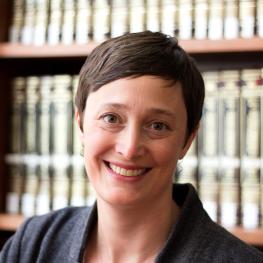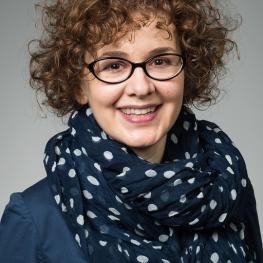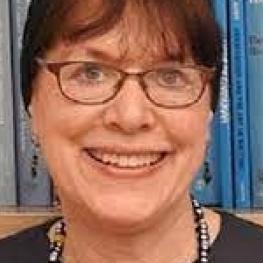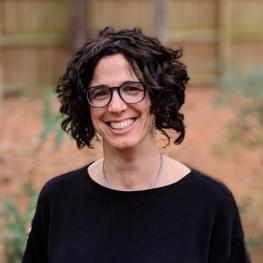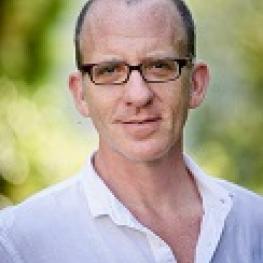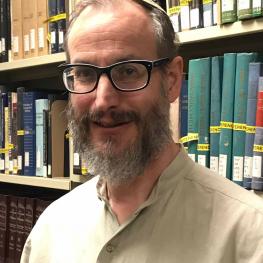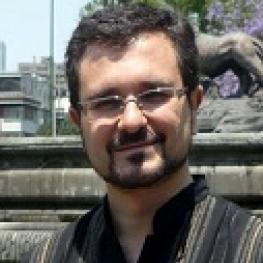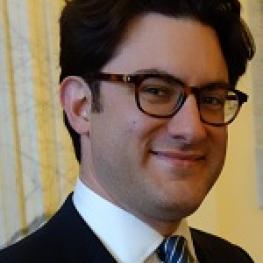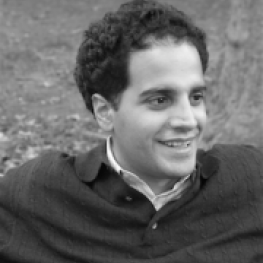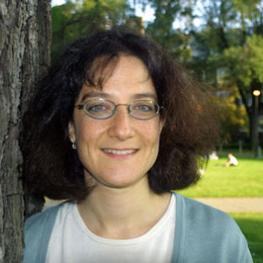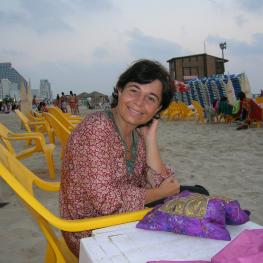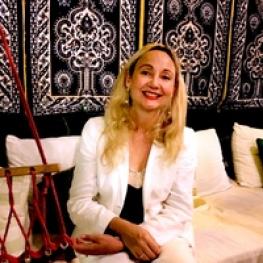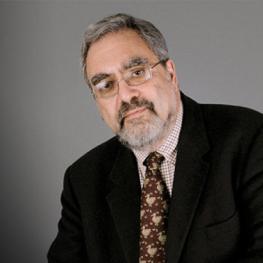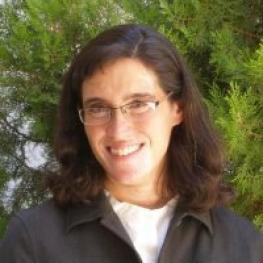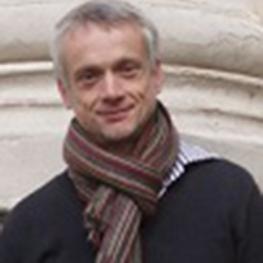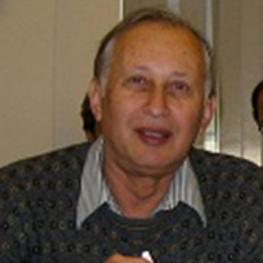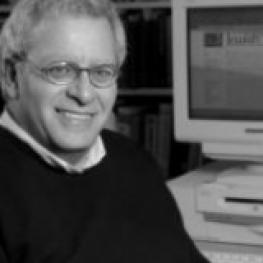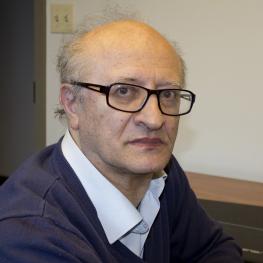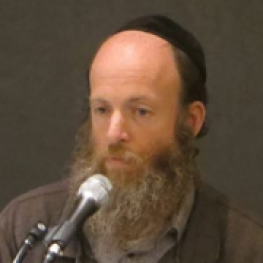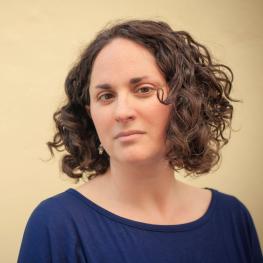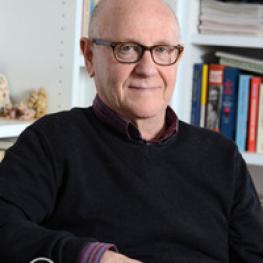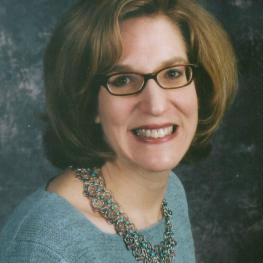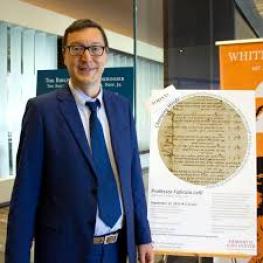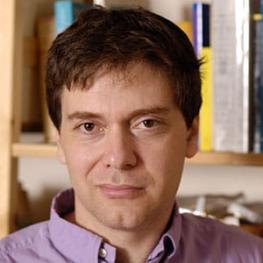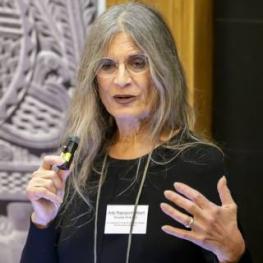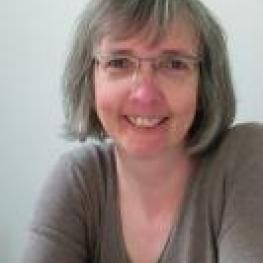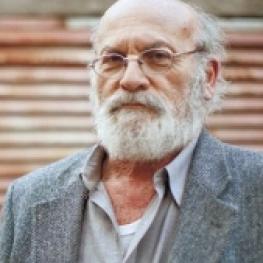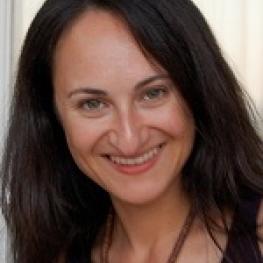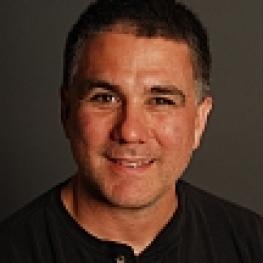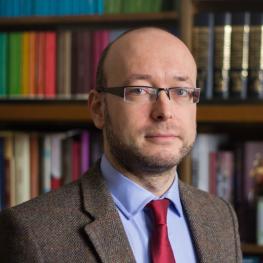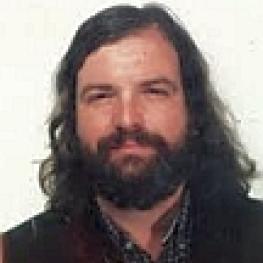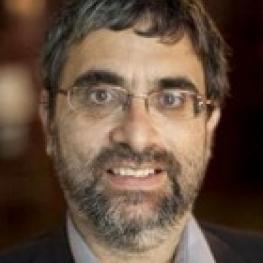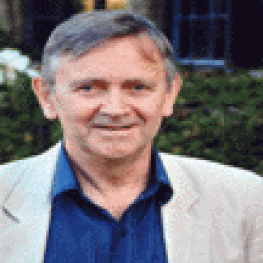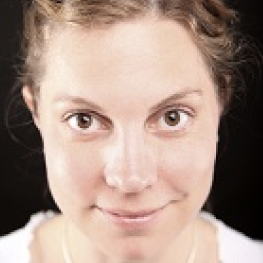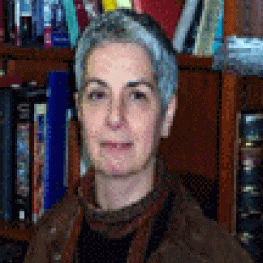Constructing Borders and Crossing Boundaries: Social, Cultural, and Religious Change in Early Modern Jewish History
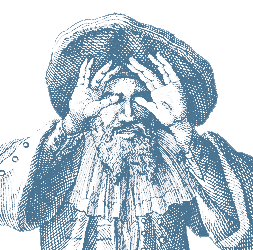
2013–2014
Scholars working in a wide variety of disciplines have long identified the late fifteenth through the late eighteenth centuries as a discrete historical period called the Early Modern. Among scholars interested in the place of Jews and Jewish culture within this period, however, there has been little attempt to think broadly about Early Modernity as a whole or to connect the insights of discrete studies in a coherent and meaningful way. The theme of borders and boundaries, understood not only in geographical, but also in social, cultural, legal, political, and economic terms, allowed the 2013–2014 cohort of fellows to build a conversation examining changes across the early modern Jewish world. Some boundaries divided (and connected) the Jewish and the non-Jewish, while others functioned within Jewish society, creating internal divisions and conjunctures. The border as both a dividing line and a place of meeting and mixing between different groups (Jewish and non-Jewish); the breakdown of old social and cultural divisions and the construction of new ones; and the ambiguities inherent in situations where boundaries were envisioned by some and ignored by others served as rubrics allowing the group to engage in a wide-ranging discussion of the very nature of both Jewish Early Modernity and the early modern period in general. Work from the year is collected in Connecting Histories: Jews and Their Others in Early Modern Europe (2019), edited by Francesca Bregoli and David B. Ruderman.
